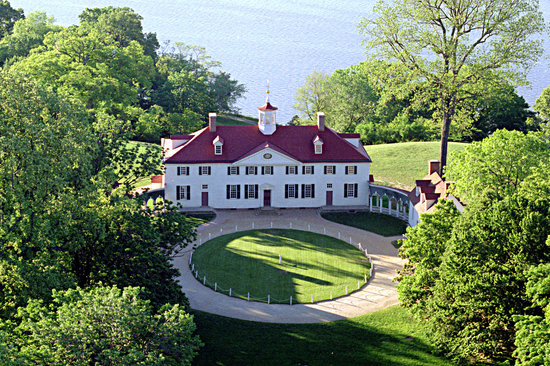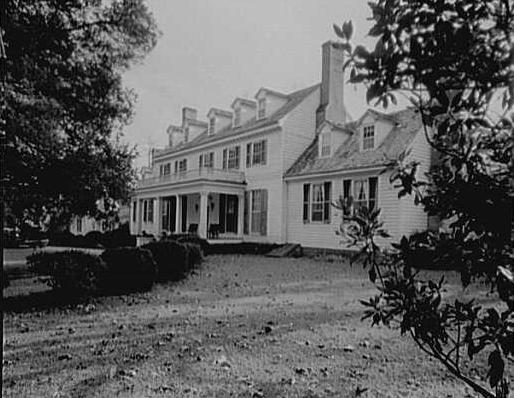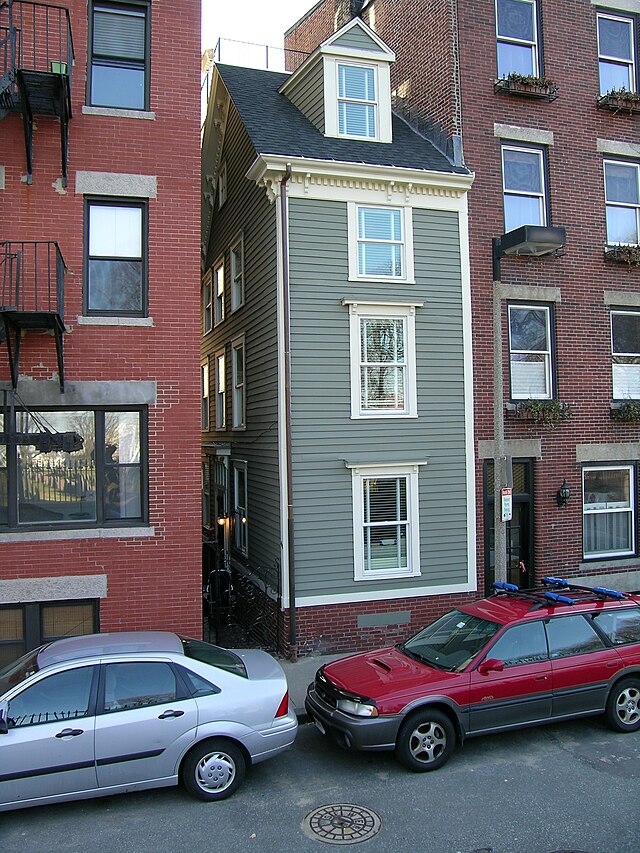
Boston Public Garden in the fall courtesy streetmedicine.org.
I had my heart set on going to the Boston Public Garden in downtown Boston. The hotel's front desk person printed out directions for us. We found the garden without any trouble. However, we did have to circle the block three times before we found a parking lot. All of the streets surrounding the Public Garden are one way.
We walked across the Boston Common first. It is a large expanse of lawns intersected by walking paths. A few benches line the pathway. Some of the trees had already changed colour; Massachusetts was ahead of Ontario. We stopped at a beverage stand where I bought a Powerade for Jacqueline. Mom and I bought iced tea. It hit the spot on a warm sunny day.
We crossed Charles Street, walked through a wrought iron gate, and entered the Public Garden. It looked like a miniature version of Central Park in New York City. It was a bit of nature in the middle of a big city, surrounded by skyscrapers on the perimeter. It had grass, trees and a lake or lagoon. My mission was to find the statues of ducklings made famous in the picture book Make Way for Ducklings. I had researched the background of the book. The writer/illustrator went to art school in Boston in the 1950's. He used to sketch in the Public Garden where he saw a family of ducklings. That's how he came up with the story of the ducklings on their way to the park's lagoon and stopping traffic as they cross the street.
But before we met the ducklings, we met a wedding couple taking photos under the bridge by the lagoon.. Jacqueline admired the ducks and mallards taking a drink of water. I spotted the ducklings in the corner of the park. We made our way over to find a couple of toddlers sitting on them. Mom thought a blond haired girl of about two was particularly cute. It was Jacqueline's turn to sit on one of the ducks; Mama Duck was the biggest so that's where she sat as I snapped a picture.
We strolled around the lagoon. A one-man band played. Jacqueline spotted a squirrel munching on a nut. We entered a circular garden full of flowers, still in bloom. In the center was a statue of a man on a horse. I thought maybe it was Paul Revere, but instead it was Washington. I snapped a picture and then we headed across the bridge..
Have you ever been to Boston in the fall? As we walked back across the Boston Common, I thought about how we got the best of both summer and fall: the flowers were still in full bloom and yet the trees were colourful too. As we approached the exit to the park, we heard the trademark car horns -- the same car horns that the ducklings had heard back in the 1950's when they tried to cross the street. The peace and quiet was good while it lasted.
Note: For more information about Make Way for Ducklings, read my post at http://alinefromlinda.blogspot.ca/2013/06/june-30.html.

George Washington statue in Boston Public Garden courtesy upload.wikimedia.org.








.jpg)









 \
\































